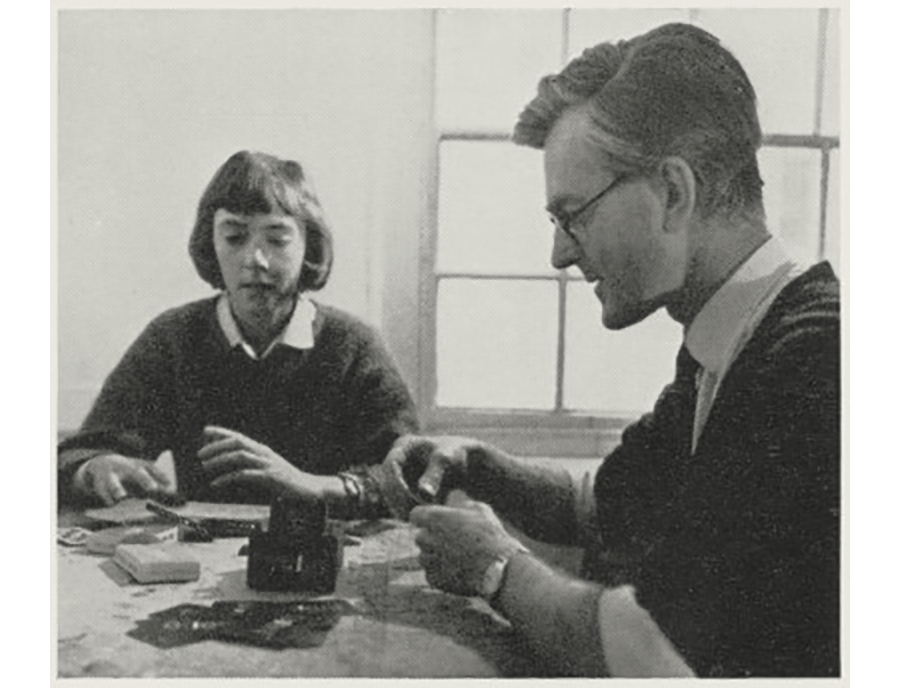In 1958, Jock Kinneir said to Margaret Calvert:

They [↑] worked intuitively and quickly. Calvert described their research and testing approach:

The first signs appeared in 1958. Calvert and Kinneir drove up the motorway for its official opening, but never made it there. She recalls:
If this takes off it’s going to be the biggest job that any graphic design team has ever tackled.After working on the design of a comprehensive signage system for Gatwick Airport in London, Kinneir was tapped to design signs for the new British motorways. Motorways would have restricted access, wider lanes, and higher speeds and so, to be legible, the signs would need to be completely reconsidered. Kinneir hired his former Chelsea School of Art student Calvert to work on this project. It was a surprisingly small team, but this was also why it worked. (Calvert said later, “Anything bigger would just be another committee.”)

They [↑] worked intuitively and quickly. Calvert described their research and testing approach:
It required completely radical thinking. The information wasn’t there in terms of reading distance, clarity and letter spaces. We had to make up the signs and then test them. It was instinctive.And Kinneir described their design method:
Style never came into it. You were driving towards the absolute essence. How could we reduce the appearance to make the maximum sense and minimum cost.Maquettes were tested in an underground parking garage, a street near the studio, and in London’s Hyde Park where signs were propped up against trees to work out the most effective background colors. Reading distances were worked out ad hoc. Candidates were made, adjusted, re-adjusted. Here is a mockup [↓] of goache, paper, and cowgum.

The first signs appeared in 1958. Calvert and Kinneir drove up the motorway for its official opening, but never made it there. She recalls:
We were invited to the opening of the M1, and we had obviously special permission by the police to go on this motorway. It wasn’t open to the public at that point. It was a beautiful sunny day, blue skies, and then just us, noone else on the motorway. Then we’d see our signs up, and we thought, “Wow!” They just looked so good. They were big, and they sat there and they had their own presence. We just went on and on and on and on. We missed the turn-off or where the actual opening was, and I think we just ended at the end in a ploughed field. But we had a great day. And that’s probably a big moment in my life.Continues in class . . .
March 18, 2024
Report of the committee on traffic signs for all-purpose roads
Readings
A Design (to sign roads by) (Phil Baines)
Resources
Traffic signs for motorways (Anderson report)
Report of the committee on traffic signs for all-purpose roads (Worboys report)
British Road Sign Project
Motorways – The Genius of Design, BBC
Jock Kinneir Library
New Transport
Assignment
Research, Reconsider, Repeat ((check-in #1)
Report of the committee on traffic signs for all-purpose roads
Readings
A Design (to sign roads by) (Phil Baines)
Resources
Traffic signs for motorways (Anderson report)
Report of the committee on traffic signs for all-purpose roads (Worboys report)
British Road Sign Project
Motorways – The Genius of Design, BBC
Jock Kinneir Library
New Transport
Assignment
Research, Reconsider, Repeat ((check-in #1)